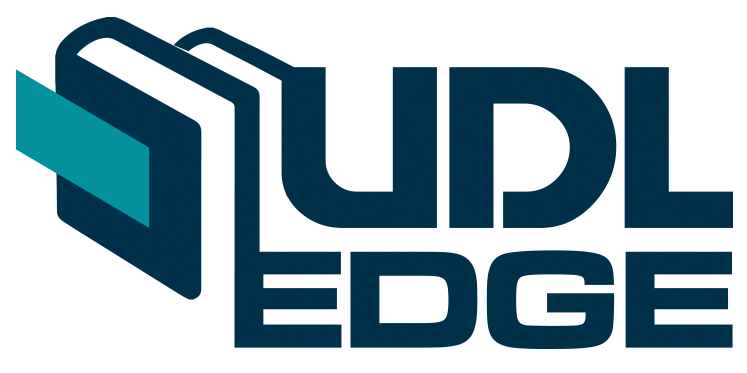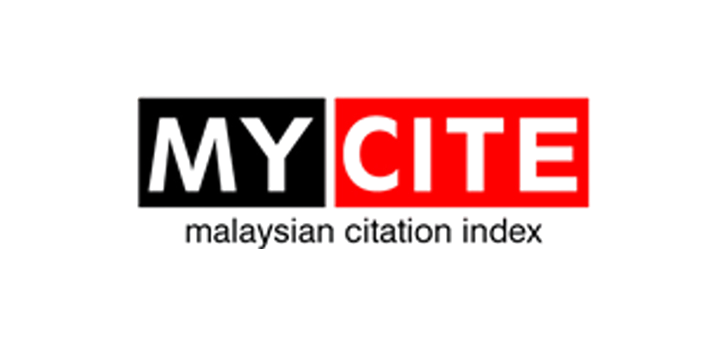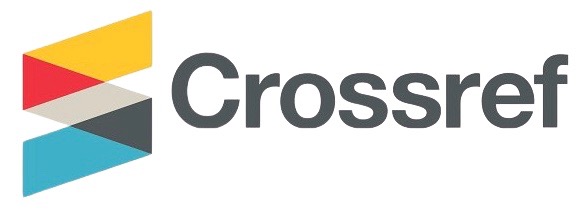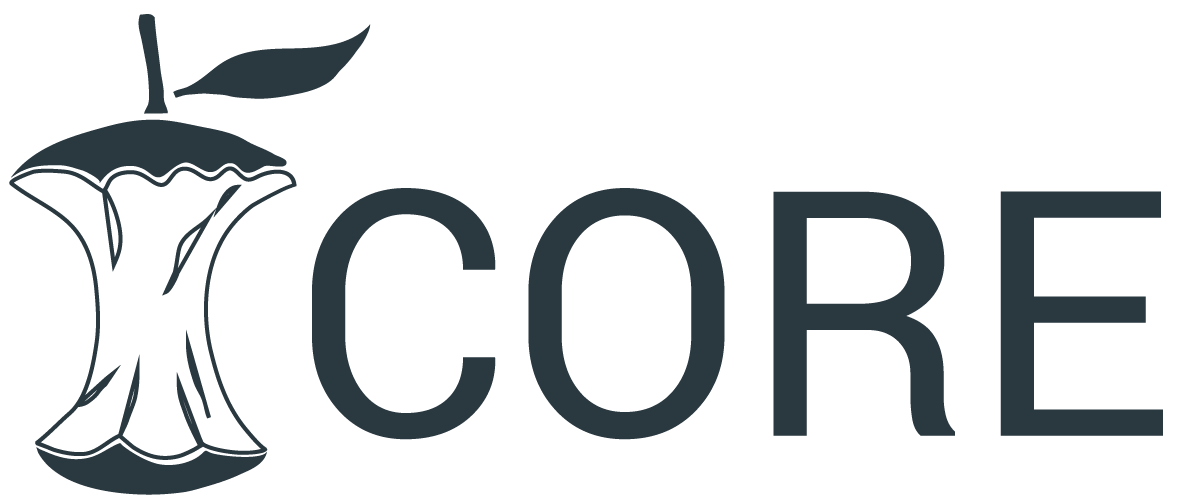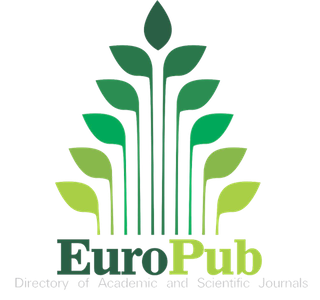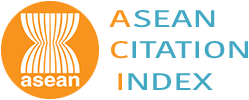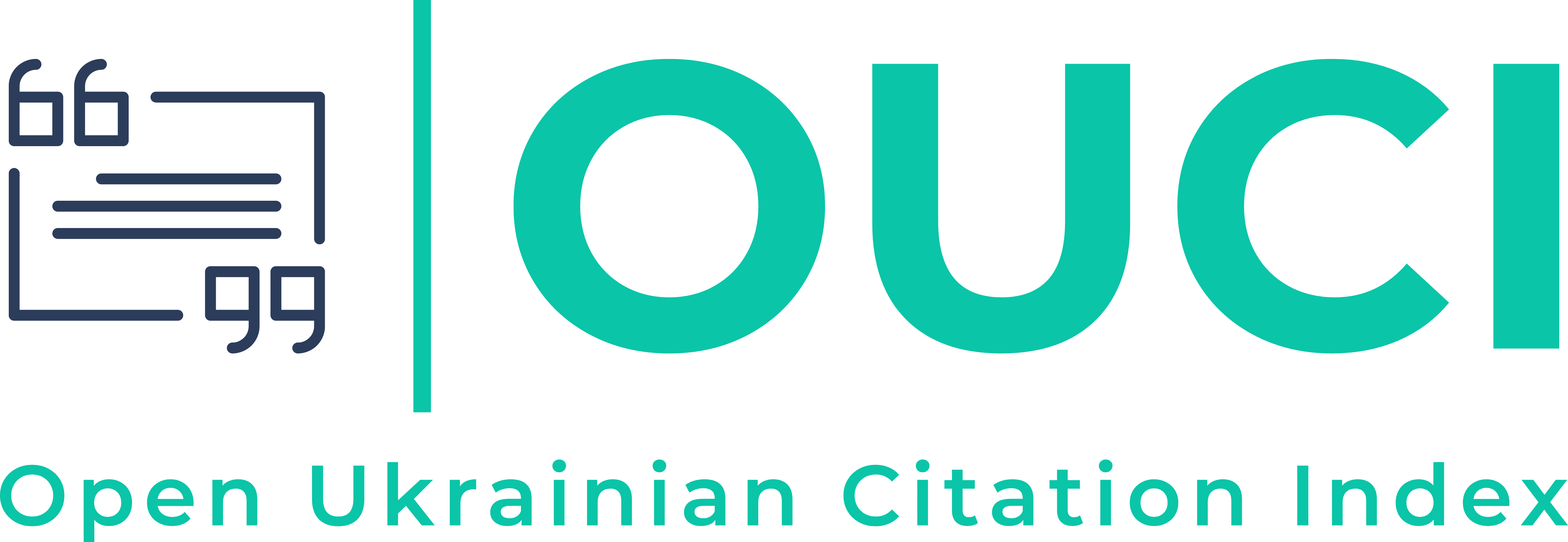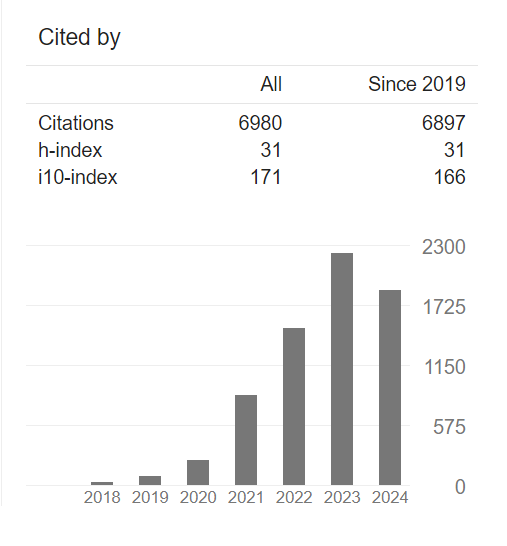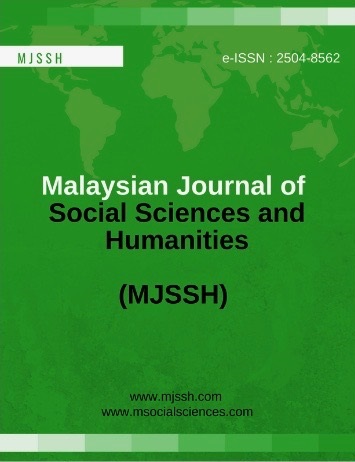Self-esteem: A Quantitative Study Among Teachers in Sabah, Malaysia
Abstract
The purpose of this study was to examine the self-esteem among 69 teachers who responded to the Rosenberg Self-Esteem Scale on Google Forms. Data were subsequently transferred onto a spreadsheet and analyzed using SPSS 26.0. Mann-Whitney U test was run to determine if significant gender differences existed in teacher self-esteem, while Kruskal-Wallis H test was conducted to determine if significant differences existed in terms of age and work experience. Wilcoxon signed rank test was conducted to determine if significant differences existed in the self-esteem items according to a hypothesized value of 3.5. Percentages of agreement (strongly agree and agree) were collapsed to gain an overview on teacher self-esteem. Findings revealed nonsignificant gender and age differences in self-esteem; however, significant differences were found in terms of job experience. Additionally, findings showed that nine out of 10 self-esteem items were significantly different at p < 0.001. About 84 percent of teachers admitted that they tend to be able to do things as well as most other people, while another 88 percent felt that they tend to be persons of worth, at least on an equal plane with others. Lastly, 93 percent maintained that they tend to have a lot of respect for themselves as well as having a positive attitude toward themselves. In light of the findings, some recommendations were made on how to enhance teacher self-esteem in Sabah, Malaysia.
Downloads
References
Ackerman, C. E. (2018, May 23). What is self-esteem? A psychologist explains. Positive Psychology. https://positivepsychology.com/self-esteem/
Ahmed, M. A. (2012). The role of self-esteem and optimism in job satisfaction among teachers of private universities in Bangladesh. Asian Business Review, 1(2), 114-120. https://doi.org/10.18034/abr.v1i2.129
Baguri, E. M., Roslan, S., Hassan, S.A., Krauss, S. E., & Zaremohzzabieh, Z. (2022). How do self-esteem, dispositional hope, crisis self-efficacy, mattering, and gender differences affect teacher resilience during COVID-19 school closures? International Journal of Environmental Research and Public Health, 19(7), 4150. https://doi.org/10.3390/ijerph19074150
Bayani, A. A., Bagheri, H., & Bayani, A. (2013). Teacher self-esteem, self-efficacy and perception of school context as predictors of professional burnout. European Online Journal of Natural and Social Sciences, 2(2), 298-304. https://european-science.com/eojnss/article/view/71/pdf
Blouin, M. (2022, April 15). Research review shows self-esteem has long-term benefits. UC Davies. https://www.ucdavis.edu/curiosity/news/research-review-shows-self-esteem-has-long-term-benefits
Byra, S., & Domagała-Zyśk, E. (2022). Multidimensional assessment of student teachers’ self-esteem and attitudes towards inclusive education and people with disabilities. Teaching Education, 33(3), 237-253.
Cherry, K. (2024, December 5). What is self-esteem? Your sense of your personal worth or value. Verywell Mind. https://www.verywellmind.com/what-is-self-esteem-2795868
Dursun, O. O. (2019). Pre-service information technology teachers’ self-efficacy, self-esteem and attitudes towards teaching: A four-year longitudinal study. Contemporary Educational Technology, 10(2), 137-155. https://doi.org/10.30935/cet.554478
Fernandez-Castillo, A., Chacón-López, H., & Fernández-Prados, M. J. (2022). Self-esteem and resilience in students of teaching: Evolution associated with academic progress. Education Research International, 2022 4854332. https://doi.org/10.1155/2022/4854332
Finley, T. (2023, September 12). How teachers can build confidence. Edutopia. https://www.edutopia.org/article/how-teachers-can-build-confidence/
Fu, W., Tang, W., Xue, E., Li, J., & Shan, C. (2021). The mediation effect of self-esteem on job-burnout and self-efficacy of special education teachers in Western China. International Journal of Developmental Disabilities, 67(4), 273–282. https://doi.org/10.1080/20473869.2019.1662204
Glotova, G., & Wilhelm, A. (2014). Teacher’s self-concept and self-esteem in pedagogical communication. Procedia - Social and Behavioral Sciences, 132, 509-514. 10.1016/j.sbspro.2014.04.345
Huang, X., Liu, M., & Shiomi, K. (2007). An analysis of the relationships between teacher efficacy, teacher self-esteem and orientations to seeking help. Social Behavior and Personality, 35(5), 707-716. https://doi.org/10.2224/sbp.2007.35.5.707
Jain, S., & Dixit, P. (2014). Self-esteem: A gender-based comparison and the causal factors reducing it among Indian youth. International Journal of Humanities and Social Science Invention, 3(4), 9-15. https://www.scirp.org/reference/referencespapers?referenceid=3405046
Jan, F., Khan, I., Khan, S., Khan, M. R., & Saif, N. (2015). The academicians’ self-esteem in the higher educational institutions. Journal of Literature, Languages and Linguistics, 10, 49-55. file:///C:/Users/Marketing_JC02/Downloads/22651-24912-1-PB%20(1).pdf
Khan, A., Fleva, E., & Qazi, T. (2015). Role of self-esteem and general self-efficacy in teachers’ efficacy in primary schools. Psychology, 6(1), 117-125. 10.4236/psych.2015.61010
Kılıç, D., Sökmen, Y., & Ada, S. (2013). The relationship among self-efficacy, self-esteem and subjective well-being levels of prospective teachers. International Journal of Psycho-Educational Sciences, 2(3), 41–42. https://perrjournal.com/index.php/perrjournal/article/view/372
Kohn, A. (2005). Unconditional teaching. Educational Leadership, 63(1), 20-24. https://www.researchgate.net/publication/279710009_Unconditional_teaching
Marcic, R., & Grum, D. K. (2011). Gender differences in self-concept and self-esteem components. Studia Psychologica, 53(4), 373-384. https://www.studiapsychologica.com/uploads/MARCIC_SP_04_vol.53_2011_pp.373-384.pdf
Maslow, A. H. (1954). Motivation and personality. New York: Harper & Row. https://www.scirp.org/reference/referencespapers?referenceid=1983768
Mbuva, J. (2016). Exploring teachers’ self-esteem and its effects on teaching, students’ learning and self-esteem. Journal of Higher Education Theory and Practice, 16(5), 59-68. http://www.na- businesspress.com/JHETP/MbuvaJ_Web16_5_.pdf
McLeod, S. (2025, March 14). Maslow's hierarchy of needs. Simply Psychology. https://www.simplypsychology.org/maslow.html
Melekeowei, P. D. (2023). Self-esteem and anxiety as predictors of pre-service teachers’ efficacy among colleges of education. Malaysian Online Journal of Psychology & Counseling, 10(1), 15-23. https://ejournal.um.edu.my/index.php/MOJC/article/view/45106/15907
Méndez, I., Martínez-Ramón, J. P., Ruiz-Esteban, C., García-Fernández, J. M. (2020). Latent profiles of burnout, self-esteem and depressive symptomatology among teachers. International Journal of Environmental Research and Public Health, 17(18), 6760.
Mocheche, E. K., Bosire, J., N. & Raburu, P. A. (2017). Influence of self-esteem on job satisfaction of secondary school teachers in Kenya. International Journal of Advanced and Multidisciplinary Social Science, 3(2), 29-39. 10.5923/j.jamss.20170302.01
Mohammadi, N. (2005). The preliminary study of validity and reliability of Rosenberg’s self-esteem scale. Journal of Developmental Psychology, 1(4), 55-62. https://sanad.iau.ir/en/Article/1054405
Morin, A. (2024. March 19). Ask a therapist: How can I to improve my self-esteem? Verywell Mind. https://www.verywellmind.com/ask-a-therapist-how-can-i-improve-my-self-esteem-5095001
Nemeržitski, S., & Heinla, E. (2020). Teachers’ creative self-efficacy, self-esteem, and creative teaching in Estonia: A framework for understanding teachers' creativity-supportive behaviour. Creativity: Theories, Research and Applications, 7(1), 183-207. 10.2478/ctra-2020-0011
Orth, U., & Robins, R. W. (2022). Is high self-esteem beneficial? Revisiting a classic question. American Psychologist, 77(1), 5–17. https://doi.org/10.1037/amp0000922
Pereira, H., Gonçalves, V. O., & de Assis, R. M. (2021). Burnout, organizational self-efficacy and self-esteem among Brazilian teachers during the COVID-19 pandemic. European Journal of Investigation in Health, Psychology and Education, 11(3), 795-803. https://doi.org/10.3390/ejihpe11030057
Piyavhatkul, N., Aroonpongpaisal, S., Patjanasoontorn, N., Rongbutsri, S., Maneeganondh, S., & Pimpanit, W. (2011). Validity and reliability of the Rosenberg Self-Esteem Scale-Thai version as compared to the Self-Esteem Visual Analog Scale. Journal of the Medical Association of Thailand, 94(7), 857-862. https://pubmed.ncbi.nlm.nih.gov/21774294/
Reilly, E., Dhingra, K., & Boduszek, D. (2014). Teachers' self-efficacy beliefs, self-esteem, and job stress as determinants of job satisfaction. International Journal of Educational Management, 28(4), 365-378. 10.1108/IJEM-04-2013-0053
Roscoe, J. T. (1975). Fundamental research statistics for the behavioral sciences (2nd ed.). New York: Holt Rinehart and Winston. https://www.amazon.com/Fundamental-Statistics Behavioral-International-processes/dp/0030919347
Rosenberg, M. (1965). Rosenberg Self-Esteem Scale (RSES). APA PsycTests.https://doi.org/10.1037/t01038-000
RUBIKTOP. (2023, September 14). The magic number 30: Why a sample size of 30 is often considered sufficient for statistical significance. https://www.linkedin.com/pulse/magic-number-30-why-sample-size-often-considered-sufficient/
Şahin, H. (2017). Emotional intelligence and self-esteem as predictors of teacher self-efficacy. Educational Research and Reviews, 12(22), 1107-1111. 10.5897/ERR2017.3385
Sarpkaya, A., & Kirdök, O. (2019). The mediating role of self-esteem in understanding relationship between teachers' job satisfaction and life satisfaction. Acta Didactica Napocensia, 12(1), 213-223. 10.24193/adn.12.1.16
Şentuna, M. (2015). Investigation of job satisfaction, organizational commitment and self-esteem of physical education teachers according to the gender. International Online Journal of Educational Sciences, 7(2), 93-101. 10.15345/iojes.2015.02.005
Suma, A. (2020). From chaos to coherence: Exploring teacher’s self-esteem and its effect on student learning. International Journal of Advanced Research in Commerce, Management & Social Science (IJARCMSS), 3(2), 41-45. https://inspirajournals.com/uploads/Issues/333970116.pdf
Tamini, B. K., & Valibeygi, R. (2011). The impact of gender, age and academic branch on self-esteem of university students. Journal of Basic and Applied Scientific Research, 1(9)1065-1069. 10.18844/ijlt.v14i1.6302
Wiącek, D. (2025, February 27). How to build your self-esteem: 12 practical steps to thrive. BetterUp. https://www.betterup.com/blog/how-to-improve-self-esteem
Winch, G. (2016, August 23). 5 ways to build lasting self-esteem. TED. https://ideas.ted.com/5-ways-to-build-lasting-self-esteem/
Withy, H. (2019, September 23). Strategies for developing and maintaining self-efficacy in teachers. The Education Hub. https://theeducationhub.org.nz/strategies-for-developing-and- maintaining-self-efficacy-in-teachers/
Xue, Y. (2022). A theoretical review on the interplay of EFL/ESL teachers’ career adaptability, self-esteem, and social support. Frontiers in Psychology, 13. https://doi.org/10.3389/fpsyg.2022.915610
Zafar, N., Mubashir, T., Tariq, S., Masood, S., Kazmi, F., Zaman, H., & Zahid, A. (2014.) Self-esteem and job satisfaction in male and female teachers in public and private schools. Pakistan Journal of Social and Clinical Psychology, 12(1), 46-50. https://www.researchgate.net/publication/313425422_Self-Esteem_and_Job_Satisfaction_of_Teachers_in_Public_and_Private_Schools_in_Pakistan#fullTextFileContent
Zeigler-Hill, V. (2013). The importance of self-esteem. Self-esteem (1st ed.). Psychology Press. https://www.taylorfrancis.com/chapters/edit/10.4324/9780203587874-1/importance-self-esteem-virgil-zeigler-hill


